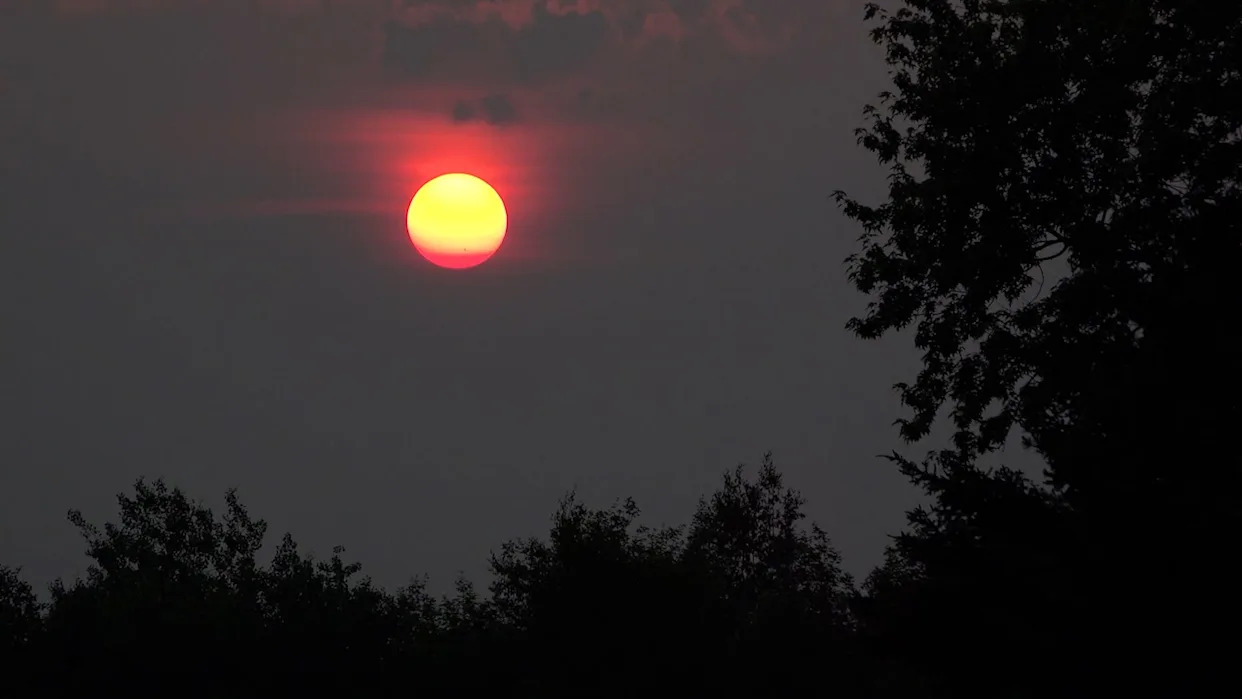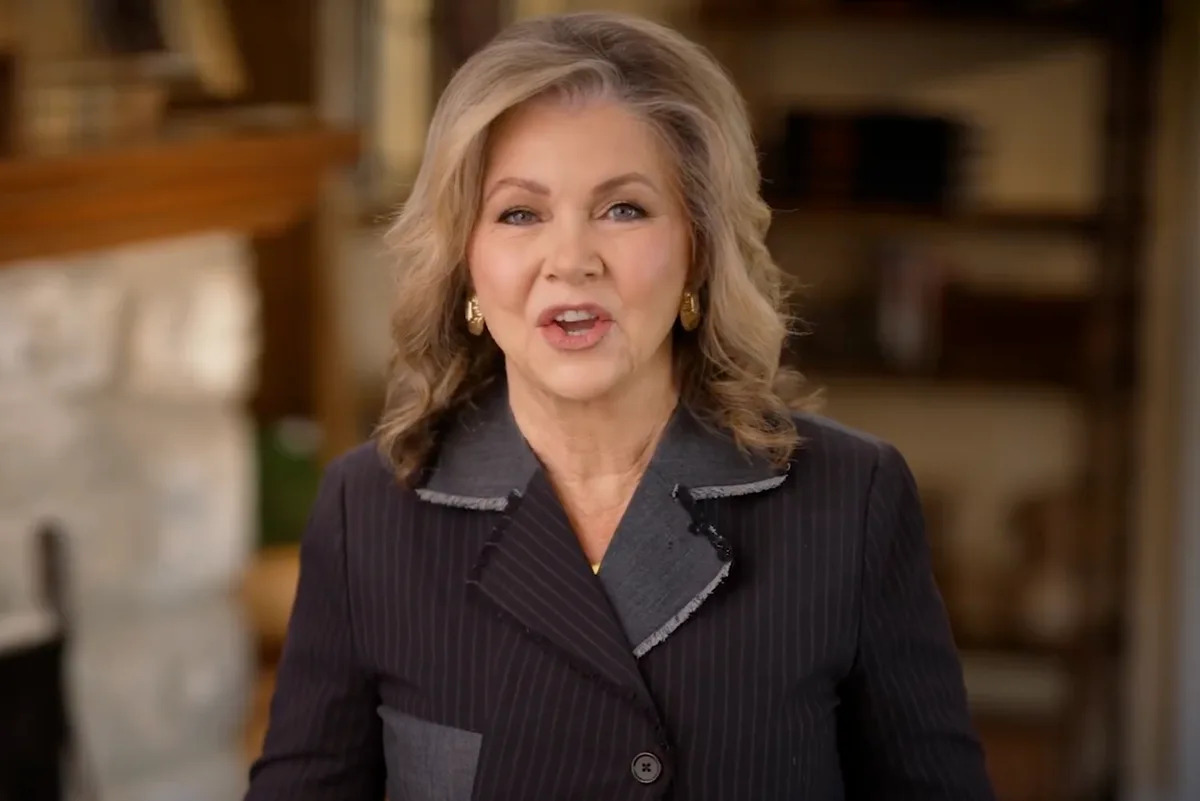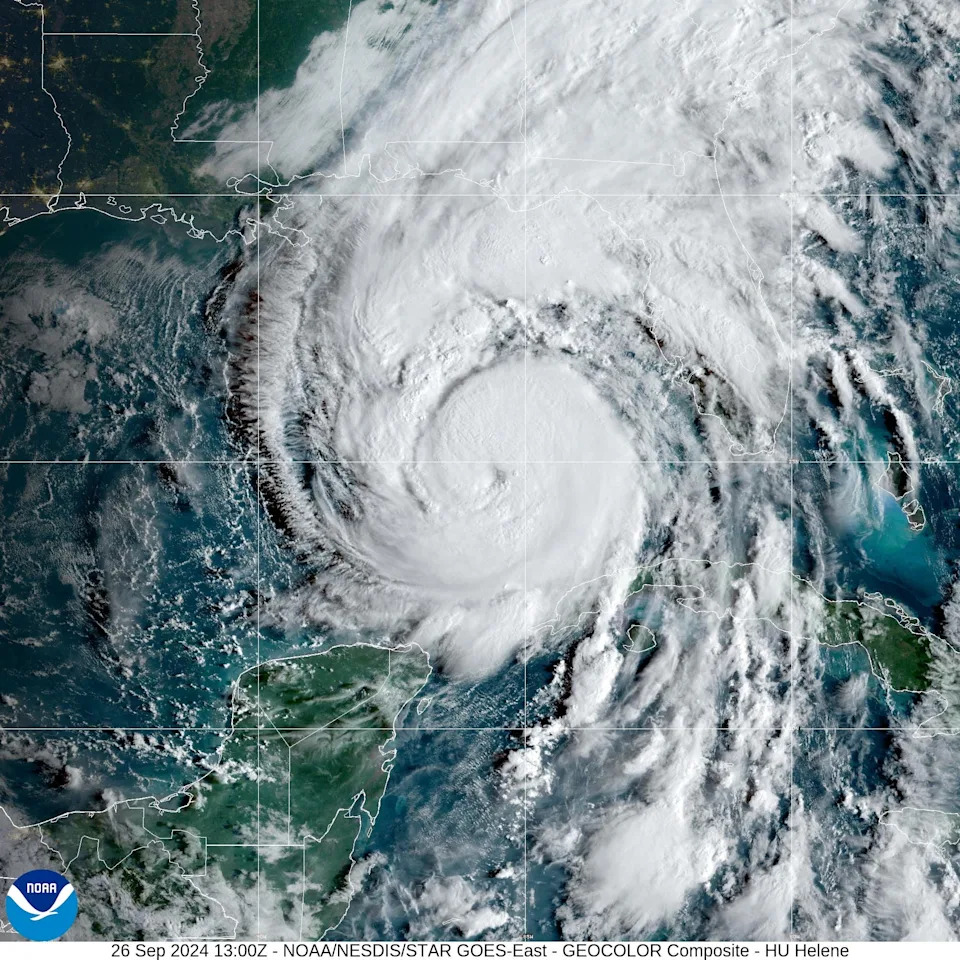
Smoke from hundreds of Canada wildfires continues to blanket the northern U.S., spreading across roughly a dozen states from Wisconsin to Maine. Hazy skies and poor air quality are expected to impact millions in the days ahead.
The smoke first reached the northern Midwest late last week, bringing some of the world’s worst air quality to cities like Chicago and Milwaukee on July 31. Since then, shifting winds and newly ignited fires have expanded the smoke plume across much of the Great Lakes and Northeast.
While more than 2.5 million acres have burned across Canada this year, recent fires in northern Manitoba and Saskatchewan have sent especially dense smoke into nearby U.S. states just south of the border.
More: The weather is gorgeous this week but there's a catch - smoke from Canadian wildfires
When will air quality improve?
Air quality in the Northeast will remain poor through Wednesday afternoon, Aug. 6, with the Air Quality Index (AQI) projected to reach 153–159 — a level considered “unhealthy” for the general population, according to AQICN.org.
Conditions are expected to improve slightly by Thursday, Aug. 7, with clearer skies likely by late Friday and continuing through the weekend.
In the Great Lakes states, poor air quality is expected to persist into early Aug. 7 but should begin improving by the weekend.
Which states are affected by the Canadian fires?
Areas in the following states are "Unhealthy for sensitive groups," according to AirNow:
Wisconsin
Iowa
Illinois
Indiana
Michigan
New York
Maine
Ohio
Pennsylvania
Vermont
New Hampshire
Side effects of inhaling wildfire smoke
Wildfire smoke can irritate one's eyes, nose, and throat and cause the following symptoms:
Coughing
Chest tightness
Shortness of breath
Dizziness
Fatigue
Particulate matter (PM) is one of the main components of wildfire smoke, comprised of small particles of solids or liquids suspended in the air, USA TODAY previously reported.
What the AQI Index means
0–50 (Good): Air quality is satisfactory; little or no health risk.
51–100 (Moderate): Generally acceptable, but may affect those unusually sensitive to air pollution.
101–150 (Unhealthy for Sensitive Groups): Risk increases for children, older adults, and people with heart or lung conditions.
151–200 (Unhealthy): Everyone may begin to experience health effects; sensitive groups may be more seriously impacted.
201–300 (Very Unhealthy): Emergency conditions; health alert for the entire population.
301–500 (Hazardous): Serious risk for everyone; avoid all outdoor activity.
Check the map below for real-time AQI in your area. Green indicates good air quality, yellow is moderate, and orange is unhealthy for sensitive groups.
Are any fires contained in Canada?
Wildfires continue to burn across Canada, where more than 2.5 million acres have already been scorched this year — putting the country on pace for one of its worst fire seasons in decades.
As of Aug. 6, there were 754 active wildfires nationwide, including 194 classified as “out of control,” according to the Canadian Interagency Forest Fire Centre. Five new fires ignited Aug. 4 alone.
This article originally appeared on Burlington Free Press: Canada wildfire smoke map: When will air quality improve in Northeast?








Comments